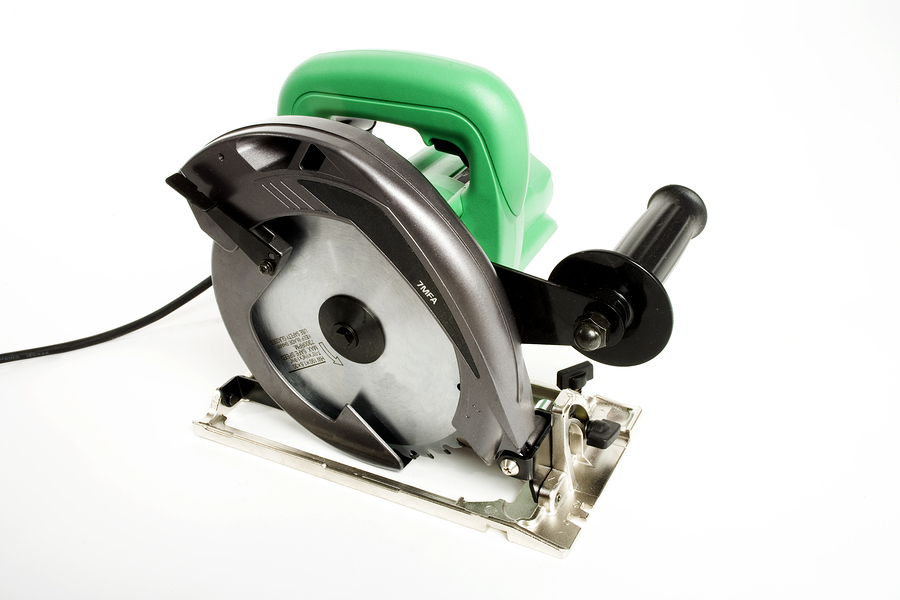
Some of the best rooms in any house start with the most basic material: backerboard.
Backerboard is the foundation for a lot of materials, and it’s something that you’ll probably work with plenty. Learn how to cut it right, and you’ll be in demand. Almost anyone can cut backerboard, but doing a good, clean job is something different.
This material gives critical rigidity and support for tiles in showers, on countertops, on walls, and can even work in some (but not all) floor installations. Some floors require cement board, which is substantially thicker and heavier. But for this versatile, lighter weight material, a few best practices plus some practice itself is all that it takes.

Precise measurements of the space and the backerboard make for clean work.
#1: First Things First: Measure Well
You’ve no doubt heard the saying, “measure twice and cut once.” There’s a lot of wisdom in something so simple, and it applies as much to backerboard as it does to any framing member.
One of the reasons why measurements are so critical with backerboard is that it supports all of the work that comes after. Precision might not be a deal breaker on a countertop, but it can make or break floor tiles. And when you’re working out openings for plumbing, a miscalculation can mean scrapping all or part of the whole sheet.
#2: Getting a Good, Basic Cut
If you’ve never cut backerboard before, you might handle it and never imagine that a simple utility knife will do the job. Scoring drywall is simple, but this material has cement embedded. It’s a lot harder and more rigid. As it happens, scoring backerboard is simple, too, at least when you only need a basic cut.
With your measuring and marking done, pull the blade across the marked line several times until the groove runs deep. In most cases, you can snap the board over your knee or on the edge of a work table just like drywall, then run the blade along the back side to separate the cut. If it doesn’t snap, you might need additional cuts along the back.

A good circular saw will do, but don’t use a wide-tooth blade.
#3: Making a Smooth, Clean Cut
Snapping backerboard can leave a rough-edged, if straight, cut. But that won’t work when you’re working in tight spaces where you need more precision. That’s where a circular saw or even a construction-grade rotary tool, either one with a fine-tooth masonry or carbide blade, comes in handy. Some blades have a diamond edge that’s made for tile, and that works, too.
Measure and mark the board as you normally would, but lay the backerboard on a sturdy work surface or a couple of saw horses before you make the cut. You’ll need both hands to cut using a saw, and having good support underneath means that it won’t fall once you’re finished.
#4: Cutting Holes Exactly Right
Holes can be the bane of any tile and stone worker’s existence. But they’re part of the territory, and clean, well-aligned cuts make all the difference. There’s more than one way to approach this job, and it all depends on what you’re comfortable working with.
A carbide-tipped hole saw can cut a circle clean through the backerboard in one pass, and you’ll get the sharp edges that you want. You can also drill several holes to perforate around the edge of the circle that you’ve marked on the board, and then knock out the center using a hammer. A carbide bit is great for that, too. If you use a rotary tool, a diamond or carbide cutting bit lets you trace the edge of the hole using the bit and cut it as you go. A rotary tool is also great for cutting out squares or odd shapes, as it gives you total control over where and how you cut.
Because this material contains cement, you should always wear safety glasses, gloves and a dust mask while cutting. That saves your eyes from particles and dust, keeps the dust out of your mouth and nose, and it also helps protect your hands from the irritation.
Cutting backerboard isn’t difficult, but it can be difficult to get right. The proper tools help, as they do with any job, but it also takes some technique. That comes with time and experience.
Learning is a part of every job, and that’s why PDH Contractors exists. What you learn today supports your career tomorrow. So when your next professional development hours are due, browse our courses by state and see what we offer.
